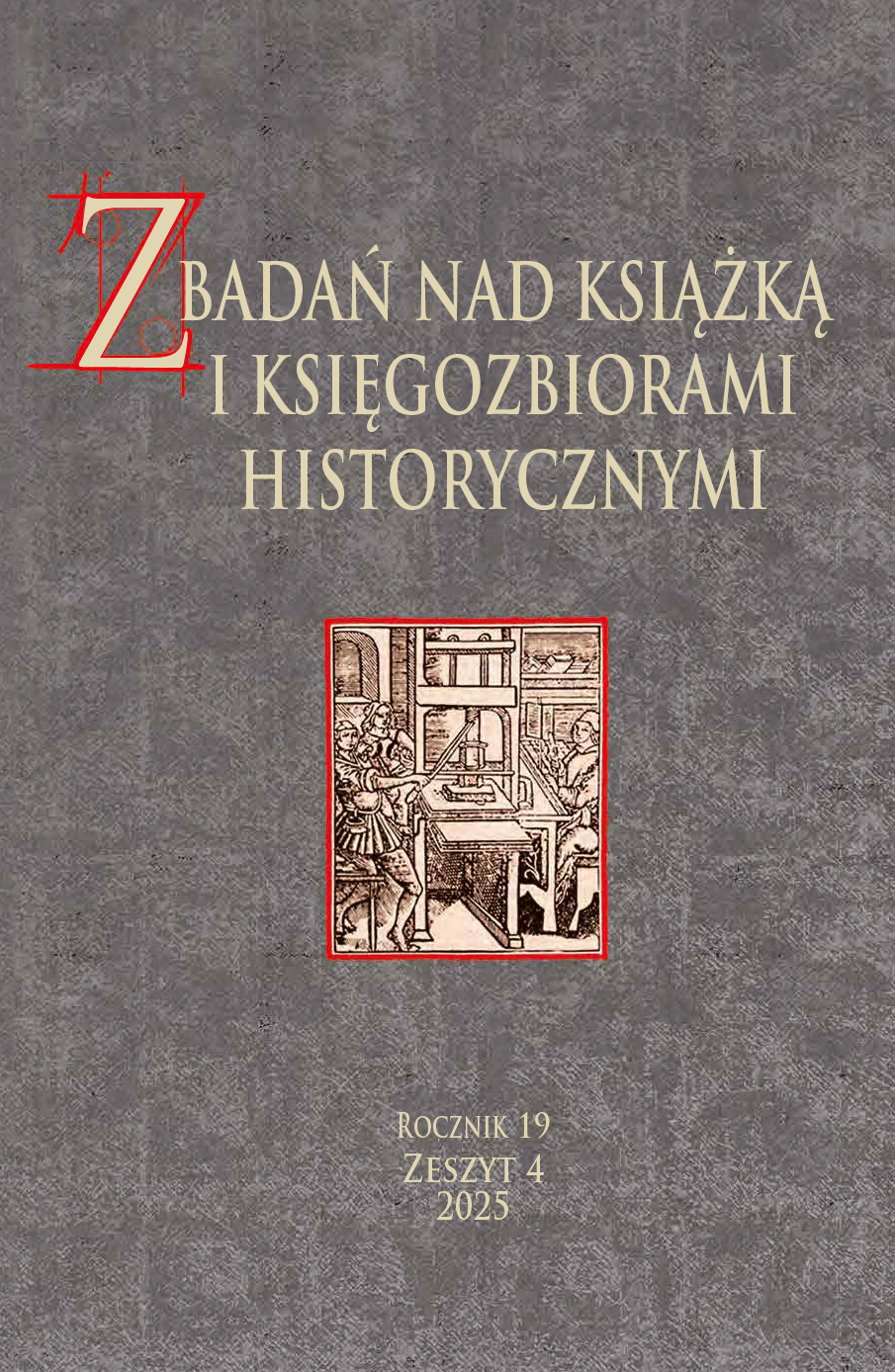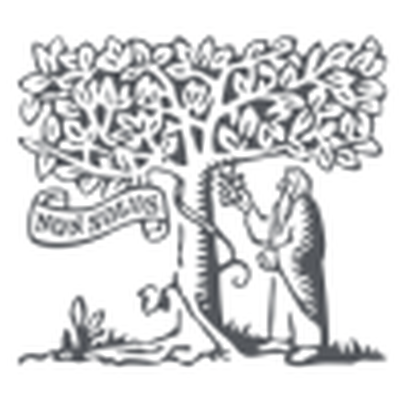Adornment of libraries in seventeenth-century treati
DOI:
https://doi.org/10.33077/uw.25448730.zbkh.1992.430Keywords:
libraries of the 17th century, equipment and design of libraries in the 17th century, treatises on library organisation in the 17th century, the art of baroque.Abstract
Numerous description of library interiors, their arrangement and adornment can be found in seventeenth-century treatises on libraries as well as in other works, including itineraria.
Author is describing some works devoted to ancient libraries, like „De Bibliothecis Syntagma” by Flemish philologis and bibliophile Justus Lipsius or „De Satuis Illustrium Romanorum Liber Singularis” by Swedish historian Edmond Figrelius. Those works are results of philological and historical studies of their authors and are based mostly on classical literature, with few references of contemporaneousness.
Next the review of works devoted to those uncounted libraries which were established in the 17th century is attempted. First of all Gabriel Naudé's important work of 1627 „Advis Pour Dresser Une Bibliotheque” is taken. It is a practical advice to those about to organize a library, containing also remarks on interior design. „Musaei Sive Bibliothecae Extruotio, Instruotio, Cura, Usus” by C.Clemens (1635) is important in our study on the opinion of the 17th century librarians, because it is a description of an ideal library and the interior design is being dealt with in it in long and detailed passages. In accordance with the contemporary style, that author is recommending inclusion of a rich set of emblems and symbolic or alegorio images, instructing the reader minutely in how to dislocate them.
Works by Louis Jacob, Pierre Le Gallois, Johann Lomeier, Herman Conring also contain information on furniture and adornment of some libraries, they are however far from being abundant sources. The other works of some interest are John Evelyn's Italian notebook of 1645, „Itinerarium Germaniae” by Martin Zeiller, and „Selecti Christiani Orbis Deliciae” by Franciscus Sweertius. Also J.D. Schreber's and J.G.Pfeiffer's „De Imaginibus Virorum Clararum, Bibliothecarum Ornamento” is discussed, being in most part a treatise on outstanding men's portraits to be put on library walls.
The examination of all these texts is leading to some conclusions on how appropriate library design looked like in the 17th century. Classical patterns were deployed, yet in accordance with the spirit of the times some baroque forms, ornaments unmet on previous periods, symbols and emblems connected to current scientific findings or mainstream ideologies were included. An overwhelming trend to fill up space as densely as possible with ornaments and objects of art, to upbring the glory of owners and founders, some authors (for instance Naudé, Conring) are confronting with the idea of a library, whose essential pride and embellishment is a well-selected, well kepts and properly arranged collection of books.







